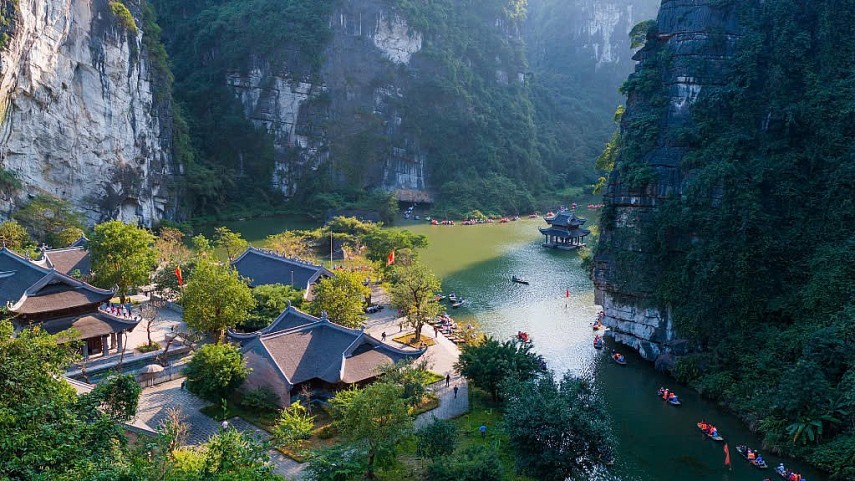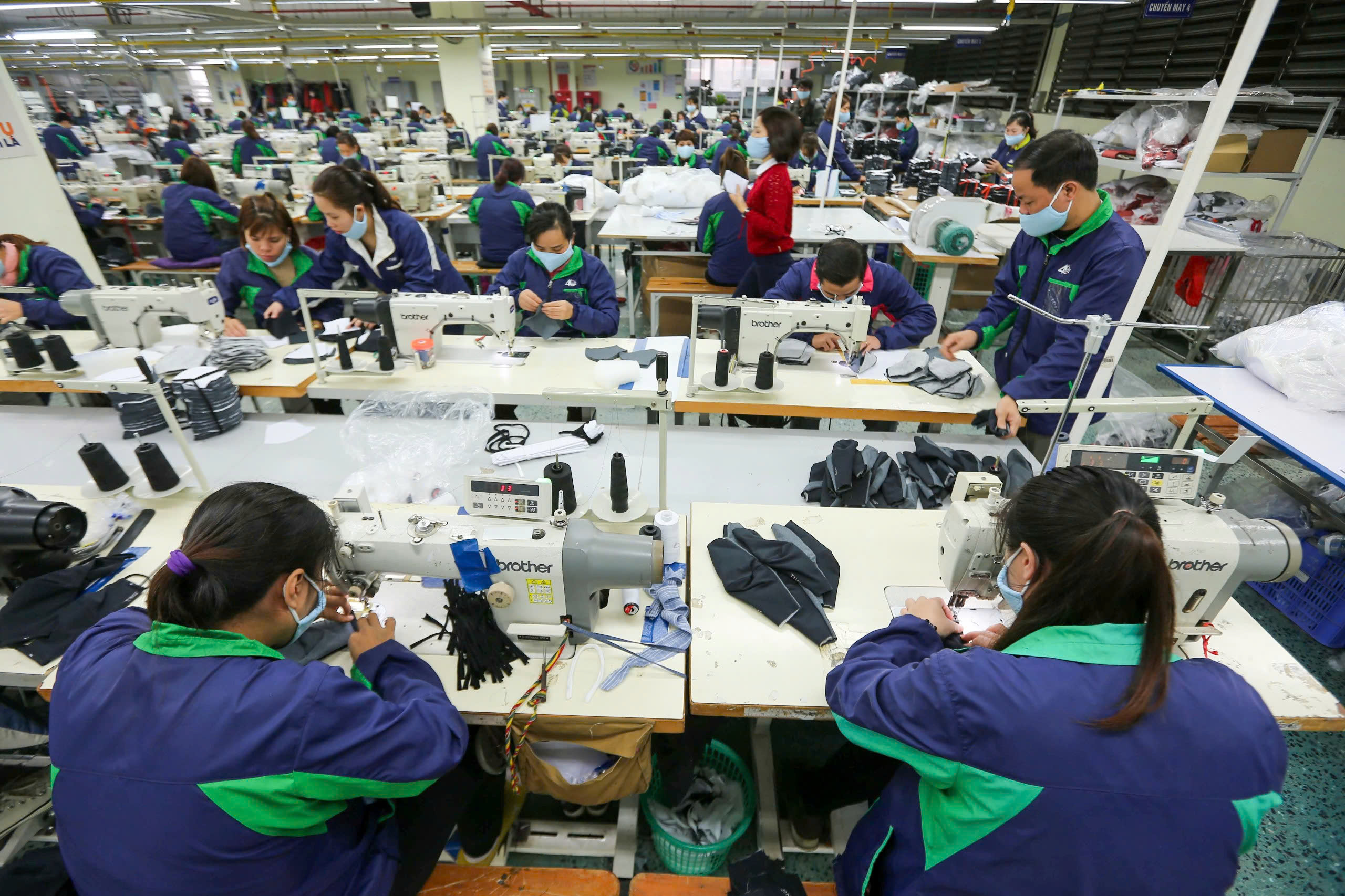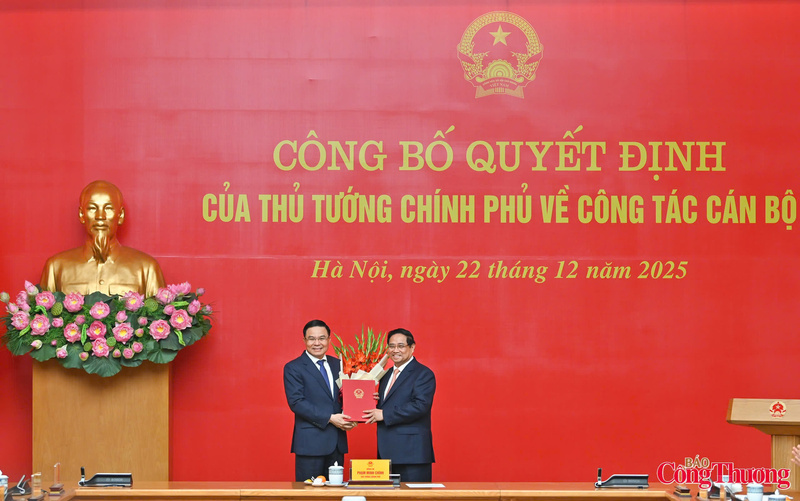
Vietnam to review over 20 years of Resolution 36 on overseas Vietnamese
19:05 | 23/03/2025 16:32 | 23/12/2025News and Events
According to the Ministry of Culture, Sports and Tourism, the amended Law on Cultural Heritage has corrected shortcomings and supplemented regulations that have risen in practice, particularly increasing the regulations on promoting the value of cultural heritage, implementing public-private cooperation in the field of cultural heritage, creating a mechanism to optimize resources for the preservation and promotion of cultural heritage value.
 |
| Trang An Scenic Landscape Complex – photo: Trang An Scenic Landscape Complex Management Board, Ninh Binh Province |
In addition, in 2024, The Ba Chua Xu (Holy Mother of the Realm) Festival on Mount Sam in the southern An Giang province has been recognized as UNESCO’s Intangible Cultural Heritage of Humanity... Thus, Vietnam currently has more than 40,000 relics and nearly 70,000 intangible cultural heritage elements nationwide, of which 34 were listed by UNESCO; 138 special national relics were ranked by the Prime Minister; 3,653 national relics and 620 intangible cultural heritage elements were included in the list of national intangible cultural heritage; and 294 artifacts and groups of artifacts were recognized by the Prime Minister as National Treasures...
Also according to the Ministry of Culture, Sports and Tourism, the ranking of cultural heritage elements at the local, national and international levels has aroused pride and strongly encouraged heritage communities, local authorities and the entire society to pay attention to, voluntarily and proactively participate in heritage promotion protection and conservation activities.
In particular, many world relics and heritage elements in Vietnam have large protected areas and Vietnam still preserves and conserves diverse ecosystems of animals, plants, water, caves, forests, air (Ha Long Bay, Phong Nha - Ke Bang National Park, Trang An Scenic Landscape Complex, My Son Sanctuary, Yen Tu and Cat Tien National Parks) etc., contributing significantly to ensuring a sustainable environment, minimizing risks of natural disasters and climate change.
As for Hoi An Ancient Town (Quang Nam Province), and Trang An (Ninh Binh Province), local authorities and people have promoted conservation activities, and the value of world heritage aimed at developing tourism, services and trade, creating stable income for local residents. In these heritage sites, many routes on community tourism and destinations, craft village tourism, garden village tourism, agricultural tourism, eco-tourism, etc. have been formed, creating new cultural tourism products and reducing the burden on core heritage areas.
In 2024, eight World Cultural and Natural Heritage sites in Vietnam welcomed about 14,802,132 tourists, including 6,395,510 international visitors, earning the revenue of about VND7.749 trillion.
The Ministry of Culture, Sports and Tourism emphasized that Vietnam’s cultural heritage has contributed to confirming and protecting Vietnam’s sovereignty and territorial integrity, promoting the image of the country and Vietnamese people, and positioning the national brand in the international arena; creating a model in cultural heritage management, while preserving cultural heritage associated with economic and social development, tourism development and environmental protection according to UNESCO’s assessments.
In the coming time, the Ministry of Culture, Sports and Tourism will promote digital transformation in building a national database on cultural heritage, contributing to realizing the goal of the e-Government Development Strategy: “Each cultural heritage element of Vietnam has a digital presence and forms a digital heritage map so that each citizen and tourist can access it conveniently in the digital environment.”

19:05 | 23/03/2025 16:32 | 23/12/2025News and Events

19:05 | 23/03/2025 16:30 | 23/12/2025Trade

19:05 | 23/03/2025 23:26 | 22/12/2025Industry

19:05 | 23/03/2025 23:19 | 22/12/2025News and Events

19:05 | 23/03/2025 14:41 | 22/12/2025News and Events